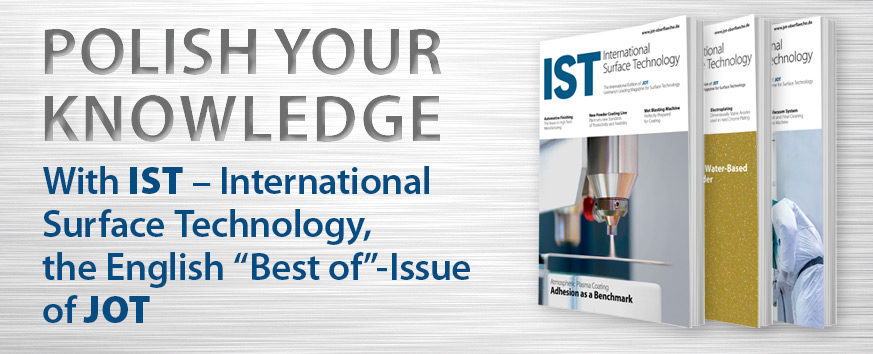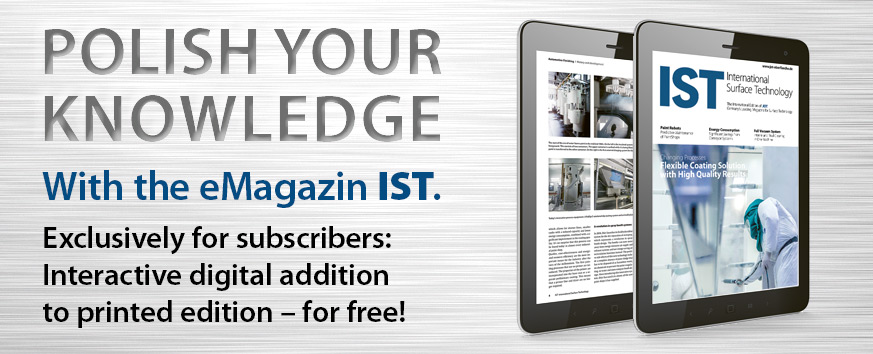Around 90 % of all mass finishing applications are wet processes so that the finished work pieces must undergo a subsequent drying stage in either continuous feed or batch operation. This provides temporary corrosion protection, allows trouble-free down-stream manufacturing operations and guarantees a work piece surface free of water spots. The most common drying machines are rotary, vibratory dryers filled with a drying medium that absorbs the moisture from the work pieces. To achieve the required drying temperature the heat, generated by heating elements, is transferred through the "insulating medium" air to the base plate of the dryer. This, somewhat old-fashioned heat transfer is accompanied with a high heat loss. Since dryers are normally running non-stop during a shift, they require a considerable energy input. With the newly developed heat block heating system Rösler can now offer rotary vibratory dryers with drying medium that allow significantly more energy-efficient drying operations. Since the heating system is now directly connected with the base plate of the processing bowl, the heat transfer takes place with minimal heat loss. This design change has reduced the energy consumption by 30 to 40 %. Further energy savings are achieved by the continuous, thermostatically controlled temperature of the drying medium. Once the set temperature for a specific drying process is reached, the heating system of the dryer is turned off and only turns on again, when the temperature falls below the pre-set level. This temperature control can be linked with the preceding mass finishing machine(s) or can be integrated into a higher-level control panel. The new development will assist the customers in the implementation of a more effective energy management per standard DIN EN ISO 50001:2018, taking effect in February 2020, which demands significant energy savings. In addition, it makes an important contribution to achieving the environmental and climate protection objectives.
Autor(en): Rösler




